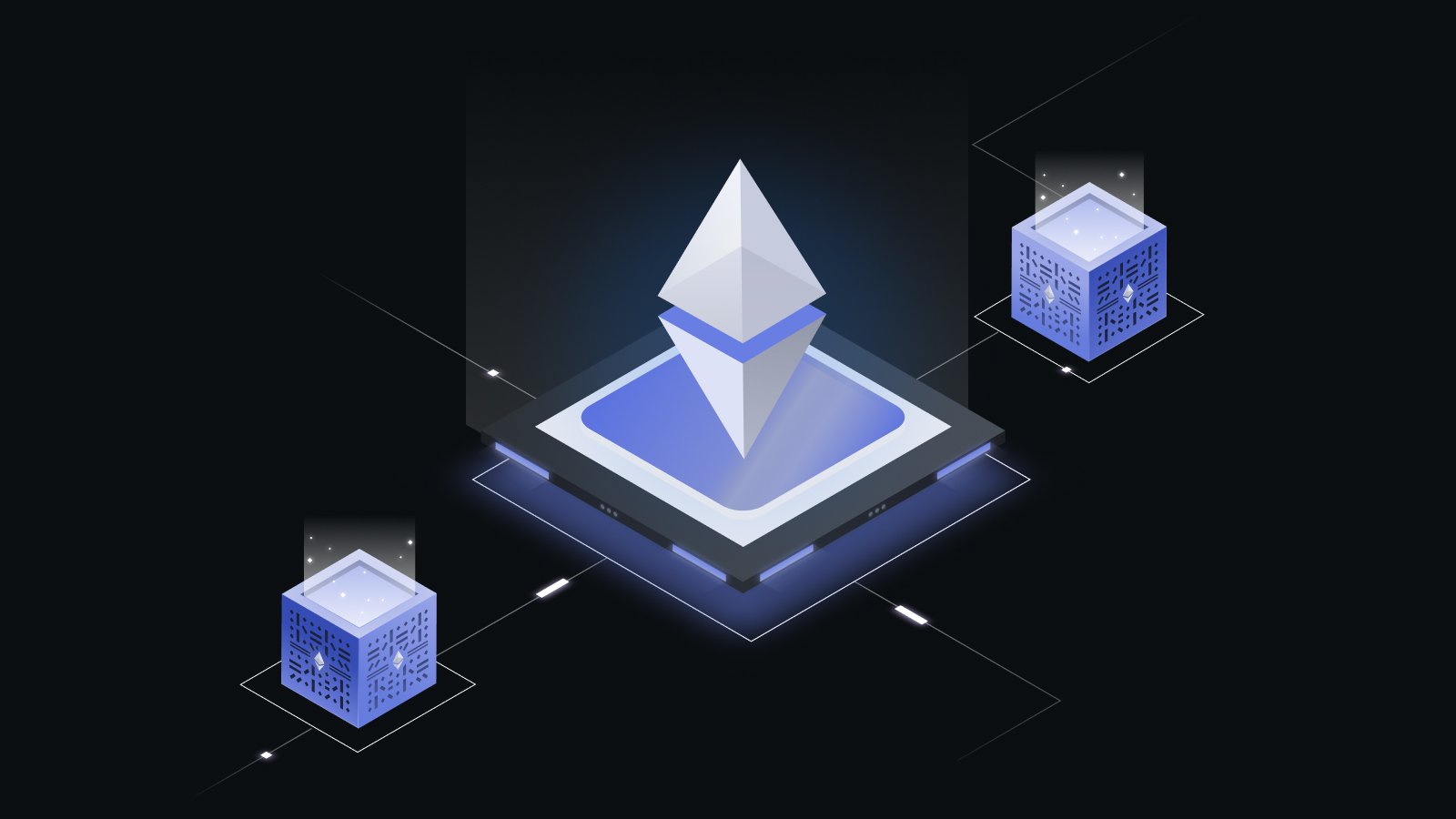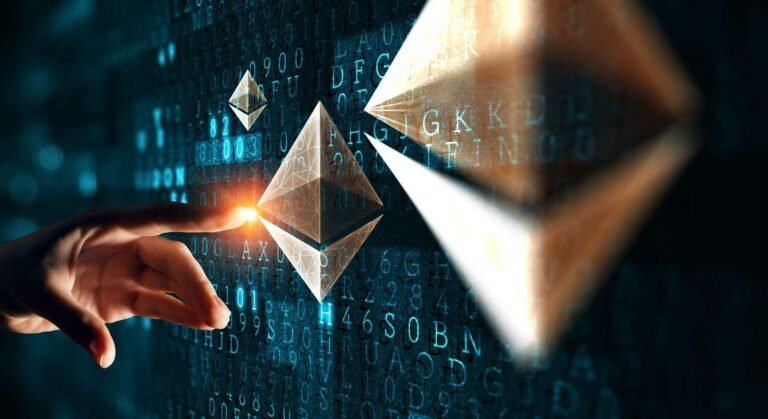The blockchain revolution has transformed how we think about digital transactions, decentralized applications, and smart contracts. At the heart of this transformation lies Ethereum, the world’s leading programmable blockchain platform. Whether you’re a seasoned developer looking to pivot into blockchain technology or a newcomer eager to understand the fundamentals, an Ethereum development masterclass provides the comprehensive foundation you need to succeed in this rapidly evolving field.
This ultimate guide serves as your complete Ethereum development masterclass, covering everything from basic blockchain concepts to advanced smart contract programming techniques. You’ll discover how to build decentralized applications (DApps), deploy smart contracts, and navigate the intricate world of Ethereum development with confidence. By the end of this masterclass, you’ll have the skills and knowledge necessary to create sophisticated blockchain solutions that can revolutionize industries and change the way we interact with digital systems.
Understanding Ethereum The Foundation of Your Development Journey
Before diving into the technical aspects of Ethereum Development Masterclass, it’s crucial to understand what makes Ethereum unique in the blockchain ecosystem. Unlike Bitcoin, which primarily serves as a digital currency, Ethereum functions as a decentralized computing platform that enables developers to create and deploy smart contracts and decentralized applications.
Ethereum’s virtual machine (EVM) provides a runtime environment for smart contracts, allowing developers to write code that executes automatically when predetermined conditions are met. This capability has opened up countless possibilities for creating innovative financial products, gaming applications, supply chain solutions, and much more.
The platform uses Ether (ETH) as its native cryptocurrency, which serves multiple purposes within the ecosystem. Developers use ETH to pay for transaction fees (known as gas), while users interact with decentralized applications using ETH and other tokens built on the Ethereum network. Understanding these fundamental concepts is essential for any comprehensive Ethereum development learning experience. The decentralized nature of Ethereum means that once a smart contract is deployed, it operates independently without the need for intermediaries or central authorities.
Essential Tools and Technologies for Ethereum Development
Successful Ethereum development requires familiarity with a specific set of tools and technologies. The development ecosystem has evolved significantly, offering developers powerful frameworks and libraries that streamline the development process. Solidity serves as the primary programming language for writing smart contracts on Ethereum. This statically-typed language was specifically designed for developing smart contracts and draws inspiration from JavaScript, Python, and C++. Learning Solidity is fundamental to any Ethereum development education program.
Remix IDE provides an excellent starting point for beginners, offering a browser-based development environment where you can write, compile, and deploy smart contracts without setting up a local development environment. This tool is particularly valuable during the initial learning phase of your development journey.
For more advanced development work, frameworks like Hardhat and Truffle provide comprehensive development environments with built-in testing capabilities, deployment scripts, and debugging tools. These frameworks significantly enhance developer productivity and code quality. Web3.js and ethers.js are essential JavaScript libraries that enable interaction between web applications and the Ethereum blockchain. These libraries provide the necessary functions to connect your frontend applications with deployed smart contracts.
Smart Contract Development Building Blocks of Decentralized Applications
Smart contracts represent the core functionality of Ethereum Development Masterclass. These self-executing contracts contain the terms of agreement directly written into code, eliminating the need for intermediaries and ensuring transparent, immutable execution of agreements. Writing effective smart contracts requires understanding various design patterns and best practices. The contract lifecycle involves writing code in Solidity, compiling it to bytecode, deploying it to the Ethereum network, and then interacting with it through transactions.
Security considerations are paramount in smart contract development. Common vulnerabilities include reentrancy attacks, integer overflow and underflow, and improper access controls. Developers must implement robust security measures and conduct thorough testing to prevent these issues. Gas optimization is another critical aspect of smart contract development. Every operation in a smart contract consumes gas, and inefficient code can result in high transaction costs for users. Understanding gas mechanics and implementing optimization techniques is essential for creating user-friendly applications.
Decentralized Application (DApp) Architecture and Design

Building decentralized applications requires understanding the unique architectural patterns that distinguish DApps from traditional web applications. The typical DApp architecture consists of three main layers: the blockchain layer (smart contracts), the middleware layer (Web3 providers), and the frontend layer (user interface).
The blockchain layer contains the smart contracts that handle business logic and data storage. This layer ensures decentralization and immutability but comes with limitations in terms of storage capacity and computational complexity. Developers must carefully design their smart contracts to balance functionality with efficiency.
The middleware layer facilitates communication between the frontend and the blockchain. This layer includes Web3 providers like MetaMask, WalletConnect, and Infura, which handle wallet connections, transaction signing, and blockchain communication. Understanding how to integrate these services is crucial for creating seamless user experiences.
Testing and Debugging Ethereum Applications
Thorough testing is essential for Ethereum Development Masterclass due to the immutable nature of deployed smart contracts and the financial implications of bugs. The testing process involves multiple layers, from unit tests for individual contract functions to integration tests for complete DApp workflows. Unit testing focuses on individual smart contract functions, ensuring they behave correctly under various conditions. Testing frameworks like Mocha and Chai, integrated with Hardhat or Truffle, provide comprehensive testing capabilities for Solidity contracts.
Integration testing verifies the interaction between different contracts and the overall system behavior. This testing phase is crucial for identifying issues that may not be apparent in isolated unit tests but become problematic when components interact. Test networks like Goerli, Sepolia, and local blockchain instances provide safe environments for testing without using real Ether. These networks allow developers to thoroughly test their applications before deploying to the mainnet.
Deployment Strategies and Best Practices
Deploying Ethereum applications requires careful planning and execution to ensure successful launch and ongoing operation. The deployment process involves multiple considerations, from gas optimization to security audits. Gas estimation and optimization are critical for successful deployment. Deployment costs can be substantial, especially for complex contracts, so developers must understand how to estimate and optimize gas usage. This includes choosing appropriate deployment strategies and timing deployments during periods of lower network congestion.
Security audits are essential before deploying contracts to mainnet. Professional auditing services can identify vulnerabilities and suggest improvements that might not be apparent during development. Even small projects benefit from thorough security reviews and automated security analysis tools. Gradual deployment strategies, such as deploying to testnets first, then to mainnet with limited functionality, can help identify and resolve issues before full production deployment. This approach minimizes risk and allows for iterative improvements.
Advanced Ethereum Development Concepts

Advanced Ethereum Development Masterclass involves understanding complex concepts and patterns that enable sophisticated applications. These concepts build upon the fundamentals and provide the tools necessary for creating enterprise-level blockchain solutions. Layer 2 scaling solutions like Polygon, Arbitrum, and Optimism offer ways to reduce transaction costs and increase throughput while maintaining security. Understanding how to deploy and interact with applications on these networks is increasingly important for practical Ethereum development.
Cross-chain interoperability enables applications to interact with multiple blockchain networks. Technologies like bridges, wrapped tokens, and cross-chain communication protocols allow developers to create more versatile and powerful applications. Decentralized finance (DeFi) protocols represent some of the most sophisticated applications on Ethereum. Understanding concepts like automated market makers, lending protocols, and yield farming mechanisms provides insights into advanced smart contract design patterns.
Security Considerations and Best Practices
Security remains the most critical aspect of Ethereum development. The irreversible nature of blockchain transactions and the financial value often at stake make security considerations paramount throughout the development process. Common attack vectors include reentrancy attacks, where malicious contracts call back into the original contract before the first execution is complete. Understanding and implementing proper checks-effects-interactions patterns can prevent these attacks.
Access control mechanisms ensure that only authorized parties can execute sensitive functions. Implementing role-based access control and multi-signature requirements provides additional layers of security for critical operations. Oracle security is crucial for applications that rely on external data. Understanding oracle manipulation attacks and implementing proper validation mechanisms ensures that external data sources don’t compromise application security.
Future Trends and Emerging Technologies
The Ethereum ecosystem continues to evolve rapidly, with new technologies and improvements constantly emerging. Staying current with these developments is essential for long-term success in Ethereum Development Masterclass. Ethereum 2.0 and the transition to a proof-of-stake consensus mechanism represent significant changes to the network’s fundamental operation. Understanding these changes and their implications for development is crucial for future-proofing applications.
Account abstraction promises to simplify user interactions with Ethereum applications by enabling more flexible account management and transaction handling. This technology could significantly improve user experience and adoption. Zero-knowledge proofs and privacy-preserving technologies are becoming increasingly important for applications that require confidentiality while maintaining blockchain transparency. Understanding these technologies opens up new possibilities for application development.
Career Opportunities in Ethereum Development
Smart contract developer roles focus on writing and auditing smart contracts for various applications. These positions require deep understanding of Solidity, security best practices, and blockchain architecture. DApp developer positions involve creating full-stack decentralized applications, combining frontend development skills with blockchain integration capabilities. These roles require understanding both traditional web development and blockchain-specific technologies.
Blockchain architect roles involve designing large-scale blockchain solutions and making high-level technical decisions. These positions require extensive experience and deep understanding of blockchain technology and its applications. Security auditor positions focus on identifying and preventing security vulnerabilities in smart contracts and DApps. These roles require specialized security knowledge and experience with common attack vectors and prevention techniques.
Also Read: Ethereum Pow News Recent Developments and Future Prospects
Conclusion
Mastering Ethereum development requires dedication, continuous learning, and hands-on practice. This Ethereum development masterclass has provided you with a comprehensive foundation covering essential concepts, tools, and best practices necessary for success in blockchain development. The journey from beginner to expert Ethereum developer involves understanding blockchain fundamentals, mastering Solidity programming, learning deployment strategies, and staying current with emerging technologies. Each step builds upon previous knowledge, creating a solid foundation for creating innovative decentralized applications.
Whether you’re building DeFi protocols, NFT marketplaces, or enterprise blockchain solutions, the skills and knowledge gained from a thorough Ethereum development masterclass will serve as your guide through the complex but rewarding world of blockchain development.
Take the next step in your blockchain career by applying these concepts through hands-on projects, contributing to open-source initiatives, and connecting with the vibrant Ethereum developer community. The future of decentralized technology depends on skilled developers who understand both the technical and practical aspects of Ethereum development.
FAQs
Q: How long does it take to complete an Ethereum development masterclass? A: A comprehensive Ethereum development masterclass typically takes 3-6 months of dedicated study, depending on your prior programming experience and the depth of coverage. Beginners may need additional time to master fundamental concepts.
Q: What programming languages do I need to know for Ethereum development? A: Solidity is the primary language for smart contracts, while JavaScript is essential for frontend development. Prior experience with object-oriented programming languages like Python, Java, or C++ is helpful but not required.
Q: How much does it cost to deploy smart contracts on Ethereum? A: Deployment costs vary based on contract complexity and network congestion, typically ranging from $50 to $500 in gas fees. Testing on testnets is free, and Layer 2 solutions offer significantly lower costs.
Q: Can I learn Ethereum development without prior blockchain experience? A: Yes, many successful Ethereum developers started without blockchain experience. A good masterclass will cover fundamental concepts before advancing to technical implementation details.
Q: What are the job prospects for Ethereum developers? A: Ethereum developers are in high demand, with competitive salaries ranging from $80,000 to $200,000+ annually. The field offers opportunities in startups, established companies, and freelance consulting.


